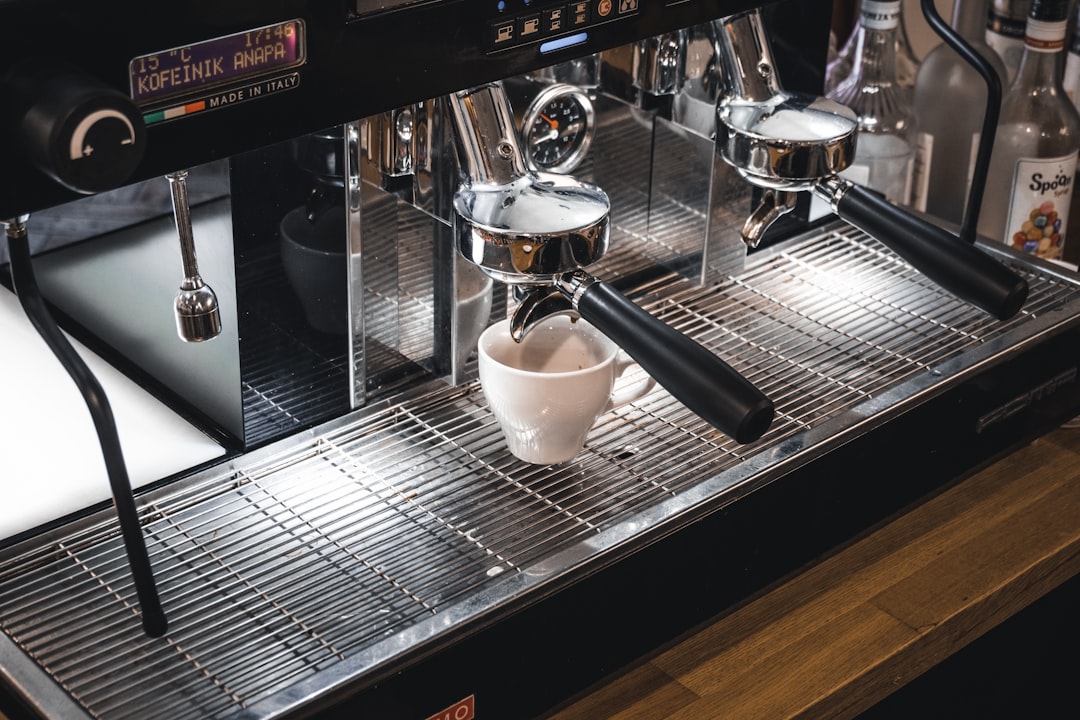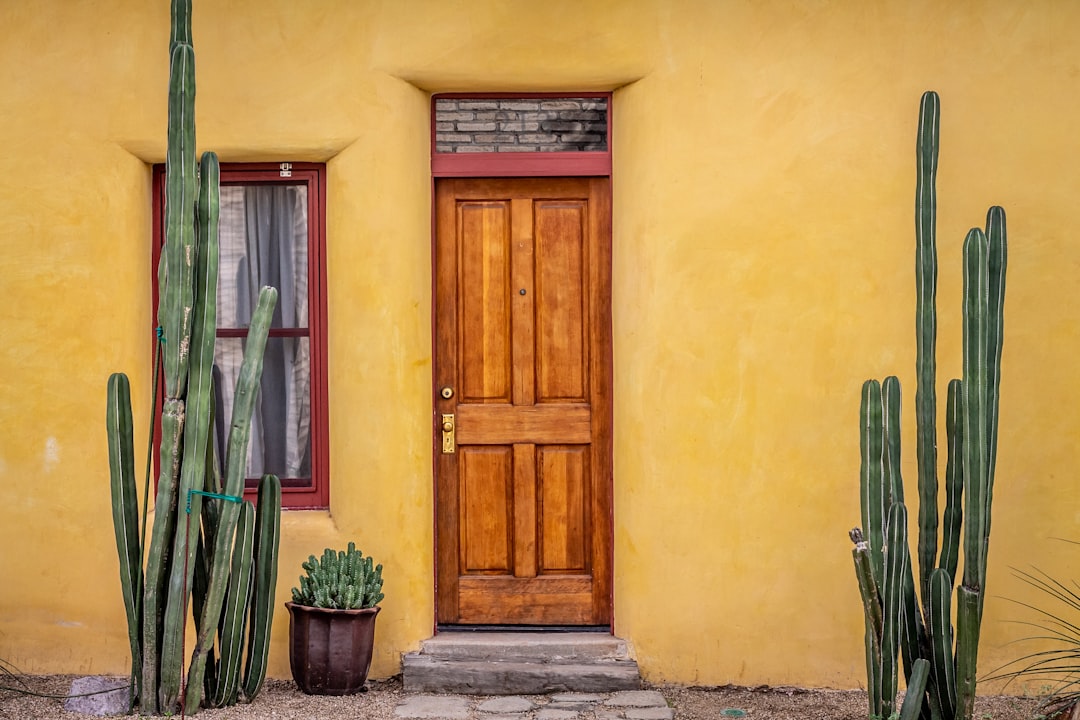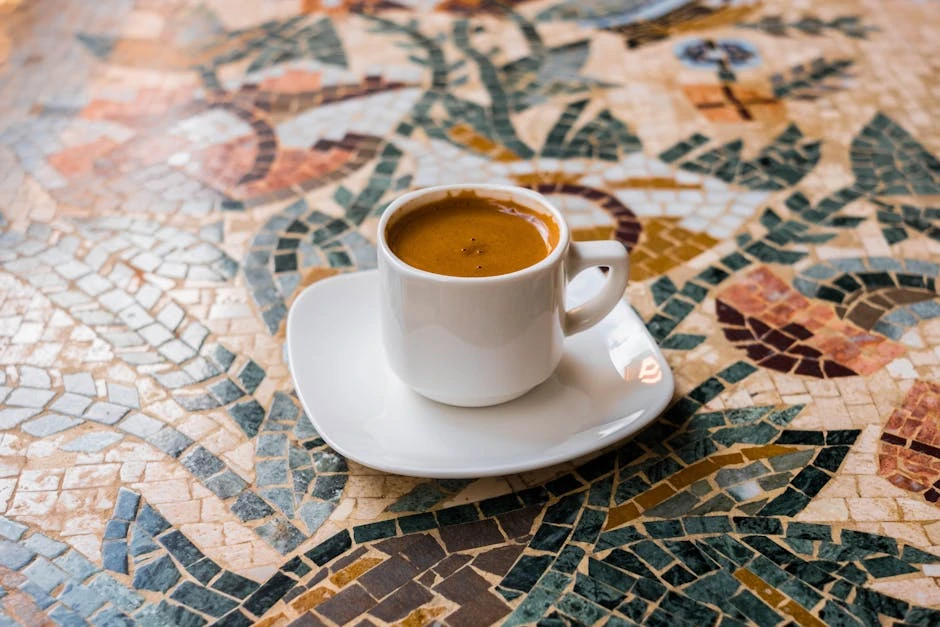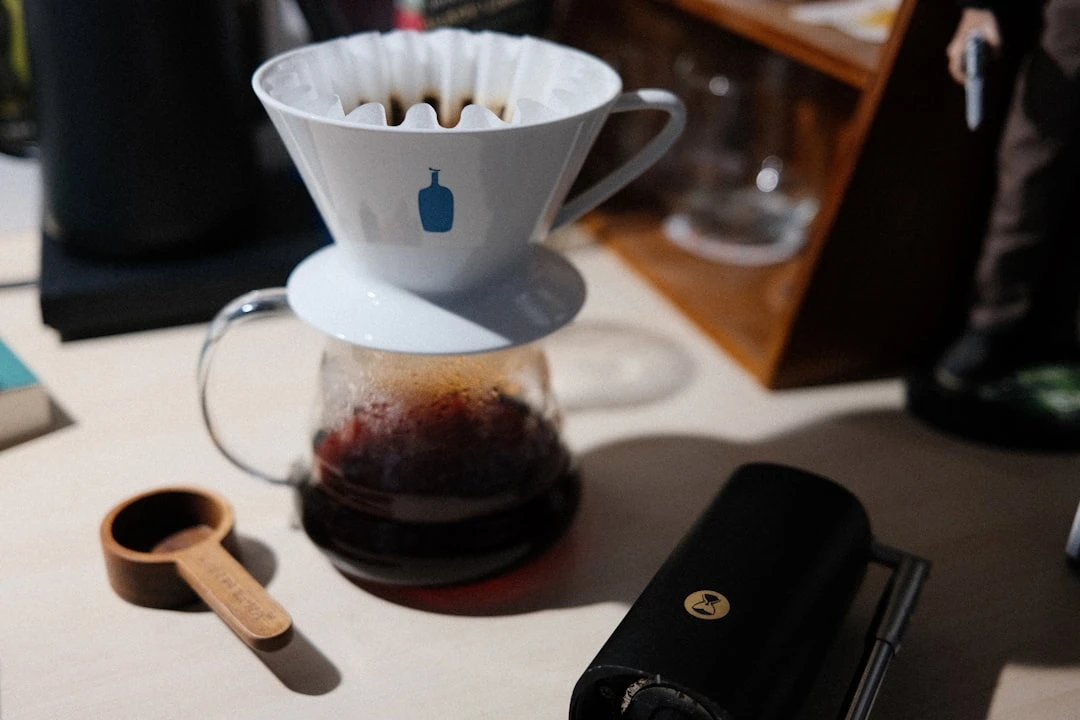The Rich History of Italian Coffee Culture

Italian Coffee Culture: A Daily Ritual
In Italy, coffee isn't just something you drink—it's woven into the fabric of life. A quick espresso at the bar, a slow sip of cappuccino in the morning light—each cup carries history, warmth, a quiet kind of ceremony. Italians take their coffee seriously, and it shows in the way they brew it, serve it, savor it in fleeting, perfect moments.
Coffee arrived here centuries ago, slipping into Venice through trade routes from the East. By the 1700s, cafés had become gathering spots—places like Caffè Florian, where poets and revolutionaries sat elbow-to-elbow, stirring ideas as much as their tiny cups. The air hummed with more than steam; it buzzed with possibility.
The heartbeat of it all? Espresso. Strong, fast, no-nonsense. You drink it standing, barely pausing before life sweeps you onward. Order a milky cappuccino after breakfast and you might as well wave a flag—that’s a morning-only affair. There’s a rhythm to these rituals, unspoken but deeply understood.
And yet—it’s not just about caffeine. Watch a barista work: hands moving with easy precision, turning coffee into something like art. The local café is where friends meet, where news travels, where a solitary minute at the counter can feel like a small rebellion against time. This is what makes Italian coffee more than a habit—it’s craftsmanship, community, a pause that somehow fuels the whole day.
From opulent century-old cafés to the cramped corner bar that only locals know, Italian coffee culture endures. It bends but doesn’t break, keeping its traditions alive even as the world rushes by.
How Coffee Found Its Way to Italy
Venetian traders first brought coffee to Europe in the late 1500s, hauling sacks of beans from the Middle East and North Africa through Venice’s bustling docks. By 1615, the drink had caught on enough that the city opened its very first "bottega del caffè"—igniting Italy’s endless romance with coffee.
Not everyone welcomed it, though. Some clerics even called it "the Devil’s bitter brew" and pushed to outlaw it. But after Pope Clement VIII took a taste and gave his approval, the fuss died down. By the 1600s, coffeehouses—modeled after Ottoman gathering spots—sprouted across Venice, Naples, and Rome, humming with poets, thinkers, and traders.
The espresso we recognize today? That took much longer. In 1884, an inventor named Angelo Moriondo built the first espresso machine in Turin, using steam to force out a richer, faster brew. After some refinements from Luigi Bezzera and Desiderio Pavoni, the modern espresso machine took shape—locking in Italy’s place as coffee royalty.
What started as a rare indulgence turned into a daily habit, woven deep into Italian life. And now? That legacy still lingers in every caffè bar, where a shot of espresso fuels mornings as much as the latest gossip.
The Rise of Coffee Houses in Venice
By the 1600s, Venice already had some of Italy's—maybe the world's—earliest coffeehouses. The drink crept in through the city's tangled trade routes with the Ottomans, who'd been brewing it for ages. With its crowded docks and swirl of cultures, Venice was perfect ground for coffee to catch on.
The grand old Caffè Florian threw open its doors in 1720 right on Piazza San Marco. Before long, it was packed with artists, writers, and dreamers—the kind of crowd that sparked Europe's whole café culture. These weren't stuffy private clubs, but loud, welcoming places where arguments about politics or poetry bubbled up between sips of strong caffè.
At first, Venice's powerful men eyed coffee with suspicion. Some even tried to ban it, calling it dangerous. Then Pope Clement VIII tasted it and gave his blessing—said Christians could drink it without guilt. By the 1700s, spots like Caffè Quadri and Caffè Lavena had joined in, making Venice a true coffee capital.
These cafés didn't just serve drinks—they shaped Italy's entire coffee ritual, where lingering over an espresso is as important as the brew itself. Walk into Florian or Quadri today, and you're dipping into centuries of history, one small, fragrant cup at a time.
The Birth of Espresso: A Revolutionary Invention
By the late 1800s, European cafés were packed, and people craved coffee that hit hard and fast. That’s when Angelo Moriondo, a tinkerer from Turin, stepped in. In 1884, he built the first true espresso machine—a steam-powered monster that forced scalding water through finely ground beans. It cut the wait and cranked up the intensity.
Moriondo’s contraption was only the start. Luigi Bezzera took it further in 1901, adding key parts like the portafilter and multiple brew heads. Then Pavoni got his hands on it, called it the “Ideale,” and by 1905, the blueprint for modern espresso was set. Espresso—meaning “pressed out”—did just that: forcing water through coffee under pressure.
But the real magic came later. In the 1930s, Achille Gaggia’s piston lever system gave espresso its crowning glory—the crema, that velvety golden layer on top. Suddenly, cafés weren’t just pit stops; they became lively hubs where people sipped quick, potent shots between conversations.
Espresso machines? More than tools—they reshaped culture. Fast, strong, and straight to the point, they rewrote Italy’s coffee rules. Today, that influence stretches from cramped corner cafés to sleek specialty bars. Moriondo’s rickety prototype ignited a global obsession, showing how Italy could transform simple beans into something like liquid gold.
Key Figures in Italian Coffee History
Italian coffee culture didn’t just happen—it was shaped by a few brilliant, stubborn dreamers who changed the way we brew, savor, and lose sleep over coffee. Here’s the real story:
- Angelo Moriondo (1851–1914) – The first spark. In 1884, he patented a steam-powered beast that looked nothing like today’s sleek machines. But revolutions start messy.
- Luigi Bezzera (19th–20th century) – The fixer. Around 1901, he took Moriondo’s rough idea and sharpened it—adding pressure valves, multiple brew heads—turning espresso from a mad scientist’s project into something cafés could actually use.
- Desiderio Pavoni (Late 19th–early 20th century) – The salesman. Teaming up with Bezzera, he launched La Pavoni in 1905 and dragged espresso machines into cafés all over Italy. Without him, espresso might’ve stayed a local quirk.
- Achille Gaggia (1895–1961) – The alchemist. His 1948 lever machine didn’t just make coffee—it transformed it, forcing water through grounds with such pressure that silky crema appeared. Bitter sludge became something sublime.
- Carlo Petrini (Born 1949) – The conscience. No machines here—just the founder of Slow Food, reminding Italy (and the world) that rushed, mass-produced coffee was a crime. Tradition, he argued, tastes better.
Because of these five, Italian coffee isn’t just a drink—it’s a moment, a passion, a debate waiting to erupt. And really? We wouldn’t want it any other way.
The Spread of Coffee Culture Across Italy
Venetian merchants smuggled it from the Ottomans in the late 1500s, and what started as a luxury for the wealthy soon became a full-blown obsession. By the 1600s, Venice’s coffeehouses buzzed with artists, scheming politicians, and writers hunched over their cups. Those places? More than just spots to drink—they were the kindling for Italy’s coffee revolution.
It spread like gossip. Florence and Rome went fancy, with gilded cafés lining their piazzas, but Naples? Naples kept it raw—espresso watered down into caffè alla napoletana, gulped between shouts and swirls of cigarette smoke. By the 1700s, everyone from nobles to dockworkers was hooked.
Then came the machines. Moriondo’s 1884 espresso contraption was a tangle of pipes, but Bezzera’s tweaks turned coffee into a quick hit at the counter. Cappuccinos fluffed up, macchiatos got their splash of milk, and suddenly—every Italian town had its own unwritten rules. A Milanese banker slams his espresso black and fast; up north, they linger over something sweet.
Italy didn’t just drink coffee—it honed it. Those tiny cups reshaped the world’s ritual, turning a daily grind into something close to poetry.
Iconic Italian Coffee Drinks and Their Stories
Italy’s coffee culture is as rich as a well-pulled espresso—steeped in history, with each cup carrying its own quiet legend. Here’s how a few classics found their way into hearts and routines:
Espresso
The heartbeat of Italian coffee. It surged to life in the early 1900s, thanks to Luigi Bezzera’s clunky, brilliant machine. Esprimere—"to press out"—gave it the name, and the method stuck. A quick, intense shot crowned with that velvety crema, it’s still the non-negotiable start to every Italian day.
Cappuccino
Inspired by the earthy robes of Capuchin monks, this creamy trio of espresso, milk, and foam became a morning staple by the 1930s. But don’t even think about ordering it past breakfast—Italians guard that rule like a sacred vow.
Caffè Latte
No syrup, no whipped cream—just espresso and steamed milk, often in a humble glass. Another morning-only affair, sipped slowly, never rushed. Afternoon cravings? You’re on your own.
Macchiato
Literally "stained"—just a whisper of milk to soften the espresso’s edge. Some prefer it warm (caldo), others cool (freddo), but it’s always that delicate balance between bold and smooth.
Caffè Corretto
The evening closer. An espresso "corrected" with a splash of grappa or sambuca. Farmers started it, shaking off fatigue and frostbite. Now it’s the grown-up way to end a meal—or pretend you’re not tired yet.
These aren’t just drinks. They’re tiny rituals, stories in a cup, each with its own time and place. Italy doesn’t just serve coffee; it serves tradition, one sip at a time.
The Role of Coffee in Italian Social Life
Whether you're squeezed into a humming Roman bar or leaning against a sleepy village counter, coffee moves to the pulse of life here. You don’t gulp it alone at your desk. It’s a reason to slow down, trade gossip, and borrow a few stolen minutes.
Take the espresso ritual. People crowd the counter, downing shots while tossing jokes or the day’s news. No one hurries—even when they do. "Prendiamo un caffè?" isn’t about caffeine; it’s a nudge. Come on, stick around.
At home, coffee means family. The moka pot’s sputtering song after lunch drags everyone to the table. At work? Deals close over tiny cups, where business blurs into something warmer.
Every city leaves its mark. Naples drinks it black and bold, fuel for fiery arguments. Venice? Centuries-old haunts like Caffè Florian have seen poets and princes sipping the same brew through time.
No matter where you are, Italian coffee asks you to be there—all in. Morning or midnight, that little cup is the anchor: a small habit that twists strangers into companions.
Italian Coffee Traditions and Rituals
You won't find people rushing with paper cups here. Espresso is about pausing—standing at the bar, knocking it back quick but tasting every drop, maybe trading a joke with the barista. The caffè al banco? Pure electricity in a thimble-sized cup. No fuss, just the good stuff.
Then there's Naples' quiet tradition—the caffè sospeso. Buy two, leave one behind. Someone down on their luck can ask for it later. No big speeches, just humanity served with the steam.
And the rules? Unwritten but ironclad. Order a cappuccino after breakfast and watch the subtle frowns—that's morning fuel, not afternoon fare. Post-meal calls for something stronger—maybe an espresso to cut through the richness, or a caffè corretto spiked with grappa if the night feels young.
But really, it's about the spaces between sips. The way a lungo stretches conversations, how a ristretto punctuates a good meal. Coffee's the excuse—for connection, for breath, for being. That's the magic—when habit becomes heartbeat, one tiny cup at a time.
The Influence of Italian Coffee on Global Culture
That first punchy sip of espresso at dawn, the velvety swirl of a cappuccino—these aren’t just beverages. They’re rituals Italy stamped onto the world’s daily grind.
Espresso. It erupted from Italy’s chaotic streets, morphing coffee from a slow burn into something urgent, potent, alive. Now it’s everywhere—Tokyo corner shops, Buenos Aires cafés—still thrumming with that Italian heartbeat. The word espresso? It’s gone rogue, slipping into languages without a passport.
Cappuccino? Italians would shudder at the thought of ordering one after noon. The rest of us? We’ll guzzle it at midnight. Chains like Starbucks twisted these Italian originals into sugar-bombed desserts, but underneath? You can still taste the boot-shaped blueprint.
Italy didn’t just export drinks. It gave us the barista—a craftsman treating coffee like a Renaissance painting. That ethos went viral. Now even some backwater diner boasts about its "artisan" brew. And when third wave coffee nerds started geeking out over single-origin beans? They were just rediscovering Italy’s espresso playbook from the 1940s.
But here’s Italy’s real gift: it taught us how to exist with coffee. Slamming a shot at the bar, elbows brushing strangers. Lingering for hours, letting a cup lubricate conversation. That tempo—fast or slow, solo or packed in a crowd—leaked across borders. You’ll catch it in Parisian terraces, Melbourne’s hidden alleys, even in some truck stop where a sad machine wheezes out a wannabe Italian ristretto.
Italy’s genius? Making coffee feel like a shared language. The terms, the customs, those tiny daily ceremonies—they’re all whispering italiano, even when we’re too caffeine-jittery to notice.
Modern Italian Coffee: Trends and Innovations
Espresso still reigns in Italy, but the way people drink it? That’s changing. Younger crowds are drawn to single-origin beans and lighter roasts, drifting from the deep, dark blends the country’s known for. In cities like Milan and Rome, specialty cafés pop up, serving pour-overs and AeroPress brews for those who want a twist on the usual.
Sustainability’s percolating, too. More shops are turning to compostable pods, reusable cups, and gear that sips energy instead of guzzling it. Even big names like Lavazza and Illy are stepping up with carbon-neutral pushes, threading green thinking into Italy’s coffee tradition.
Then there’s tech—shaking things up. Smart espresso machines let you tweak your shot from your phone, while precision grinders deliver the ideal grind, no guesswork. Even the humble moka pot got a makeover, with sleek designs that pull out richer flavors.
But some habits stick. Most Italians still sip their coffee standing at the bar—quick, no frills—though more places now offer cozy corners to linger. And while espresso tonics and cold brew mix old and new, the heart of Italian coffee? Unmoved.
Italy’s coffee scene? It’s balancing—respecting roots while leaning into the fresh, showing how classics can grow without losing their soul.
Famous Italian Coffee Brands and Their Legacies
Italy’s obsession with coffee? It runs deeper than habit—it's woven into the fabric of life. And those names behind the espresso? Their stories are as rich as the crema on a fresh pull.
Lavazza started quietly in Turin back in 1895. Luigi Lavazza wasn’t just selling coffee; he was composing it, blending beans like notes in a symphony. A century later, that same attention to balance still lingers in every cup.
Then there’s Illy, born in Trieste under Francesco Illy’s watchful eye in ’33. Compromise never had a place here—only the finest Arabica, those sleek red tins, and a stubborn refusal to settle. Even now, they walk the line between scientist and artist, whether it’s sustainability or a collaboration that makes you pause.
Segafredo Zanetti rewrote the rules. Founded by Massimo Zanetti in ’73, they cut out the fluff, sourcing straight from the soil to the cup. No surprise their espresso fuels everything from nonna’s kitchen counter to minimalist cafes halfway across the world.
And in Naples, Kimbo has stood its ground since ’63 with roasts as unapologetic as the city itself. Here, coffee isn’t a pause—it’s the spark that lights the day.
These brands? They’re more than companies. They’re keepers of a ritual. The world shifts, trends come and go, but that first sip—strong, unflinching, alive—that stays.
The Future of Italian Coffee Culture
In Italy, coffee isn’t just something you drink—it’s stitched into the rhythm of the day, as natural as breathing. But even the deepest traditions shift, little by little. Espresso still holds court, no question. Yet if you listen, you’ll catch hints of something new: a murmur of different flavors, greener choices, the quiet hum of machines doing things differently.
Specialty coffee is finding its feet, especially with the young. Cafés now pour single-origin brews, roast lighter, flirt with slow methods like pour-over—things that would’ve raised eyebrows ten years back. Nobody’s replacing the classic dark kick of a caffè, just… making room for more.
And then there’s the planet. Compostable pods, fair-trade beans, machines that sip energy instead of guzzling it—people are paying attention. Big names like Lavazza are chasing carbon neutrality, because not even coffee gets a free pass from the world’s worries.
Tech’s creeping in, too. Apps to skip the queue, smart brewers, algorithms claiming to nail your ideal cup. Mostly in the cities, for now. But no app can mimic the barista’s quick hands, the way gossip bounces over the counter like a stray coffee bean.
Some things won’t budge. The morning espresso sprint? Eternal. The bar as the heart of the block? Sacred. The trick—the real art—is weaving in the new without unraveling what makes Italian coffee Italian.
Change is brewing, sure. But Italy’s always known how to mix the bold with the easy, the sharp with the sweet. Some balances just work.
Conclusion: The Timeless Appeal of Italian Coffee
Think of Venice’s old trading ports, the clank of early espresso machines, or that unspoken rule: cappuccino is for mornings, full stop. It’s in the rhythm—standing at the bar for a quick shot, nursing a cup after dinner—that turns something ordinary into a quiet sacrament.
Sure, the beans count. The gear helps. But what makes it sing? Roasters chase perfection, and baristas treat every pull like it’s their masterpiece. You taste it—deep, smooth, nothing rushed. But flavor’s only half the story. Coffee’s the alibi—to linger, to gossip, to people-watch with that Italian genius for turning laziness into poetry.
Trends come and go, but Italy’s hold on coffee never slips. New-wave spots might obsess over single-origin or tinker with methods, but they’re still following Italy’s playbook. And good luck finding a Starbucks on every corner here. Italians keep faith with their local bar, where the espresso tastes like it did when their granddad leaned on the same counter.
In the end, Italian coffee sticks because it’s not about the caffeine. It’s about the pause—elbows on marble, the world blurring past, time-bending around one flawless sip. That’s why, after all these years, the rest of us can’t quit it.
Related Articles



